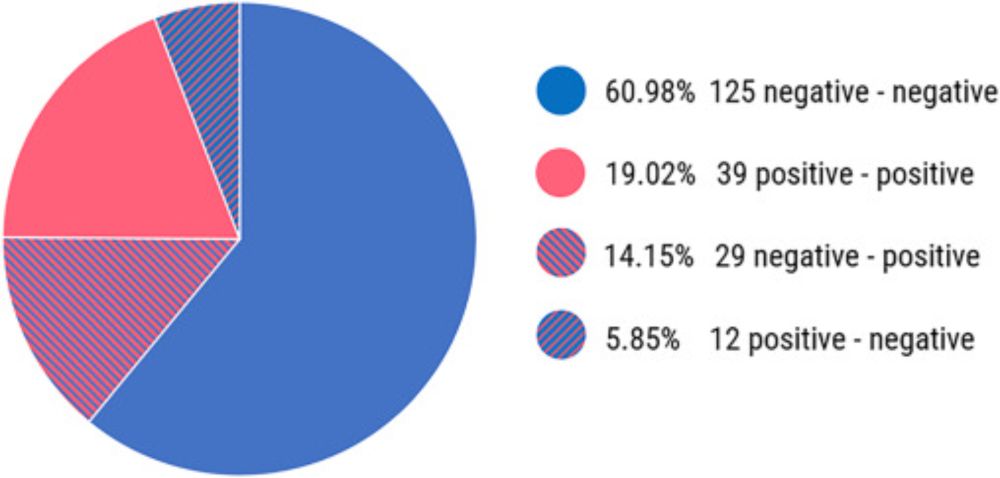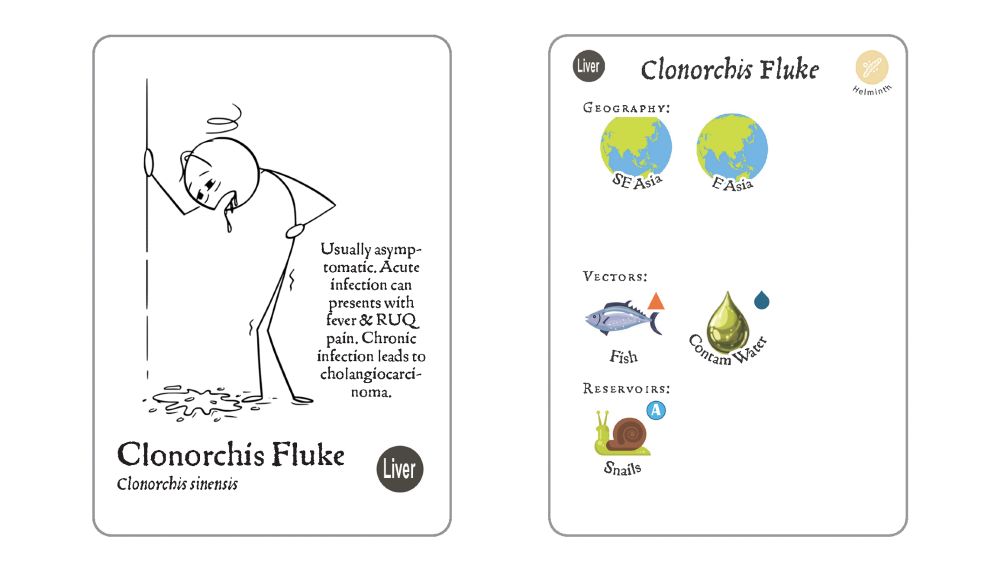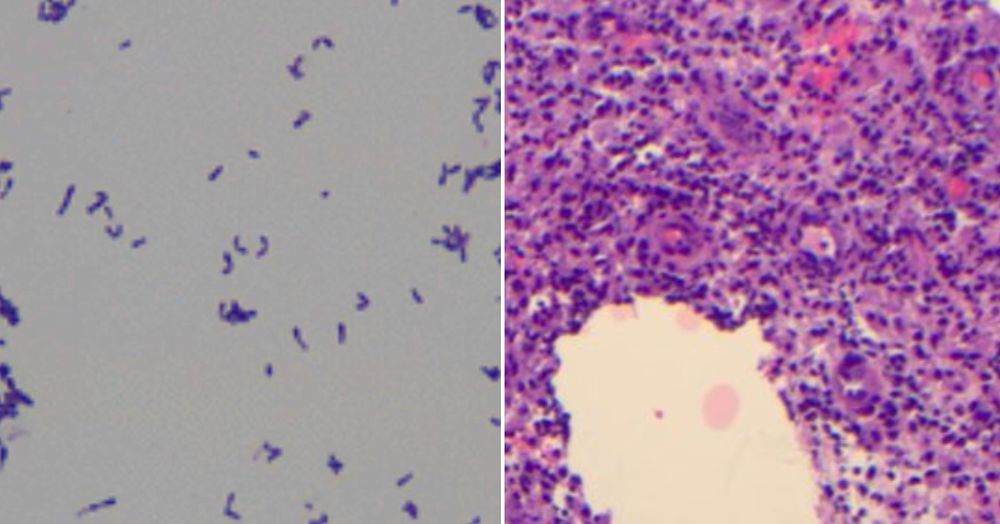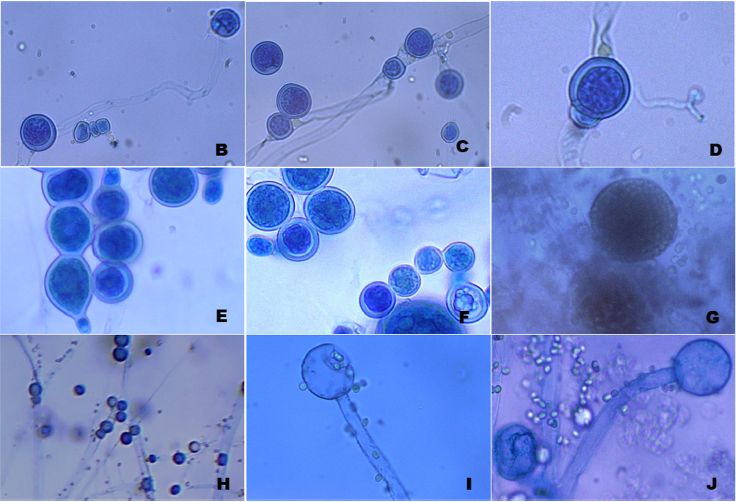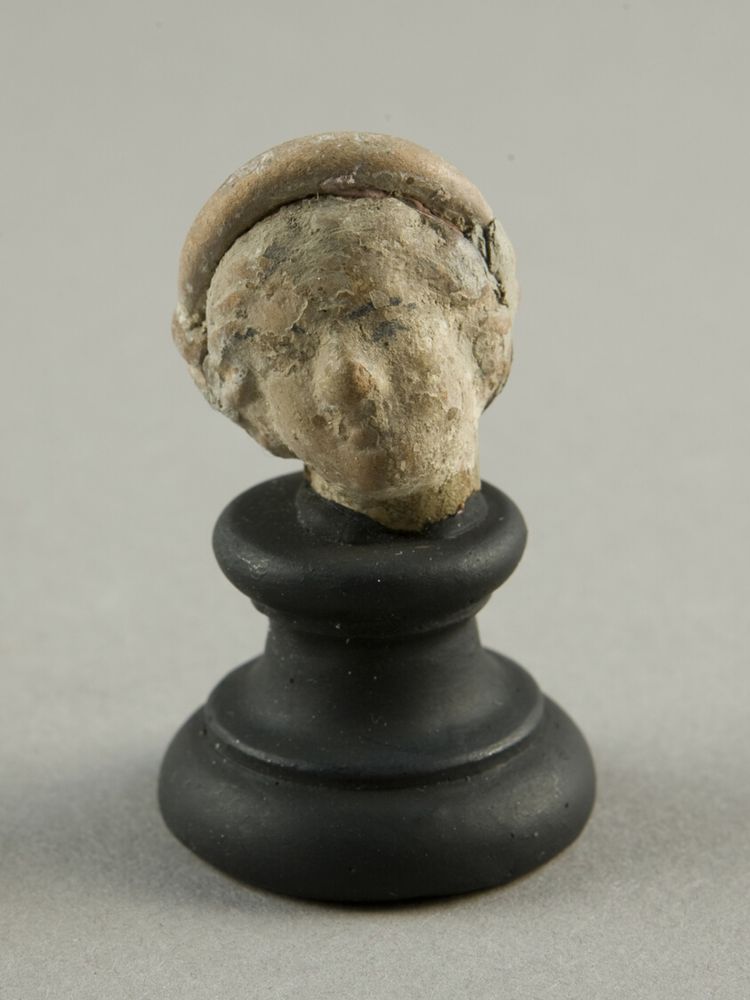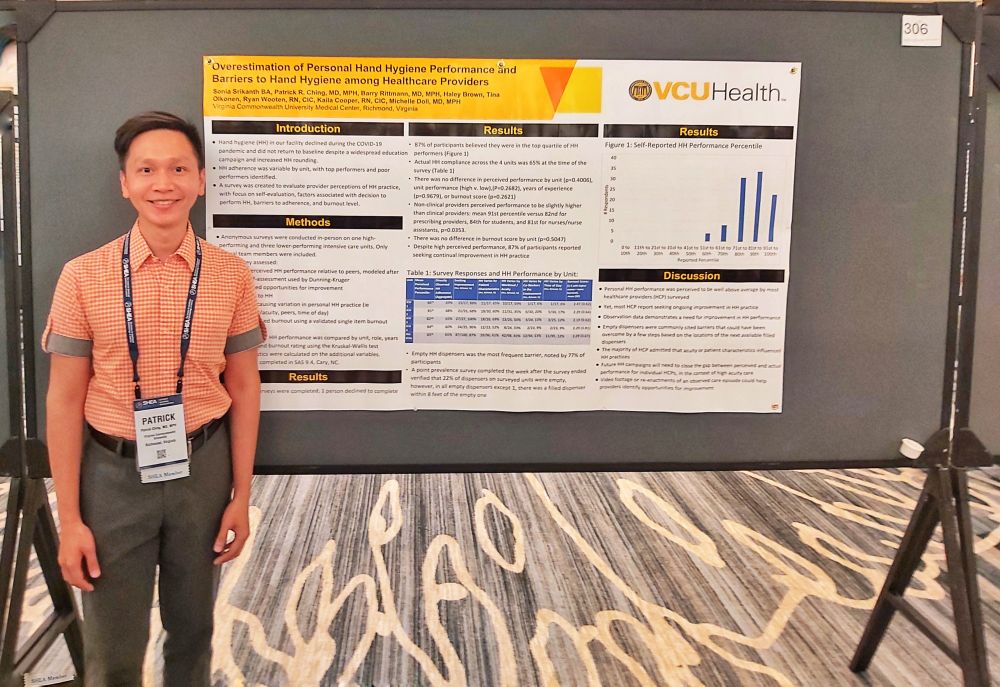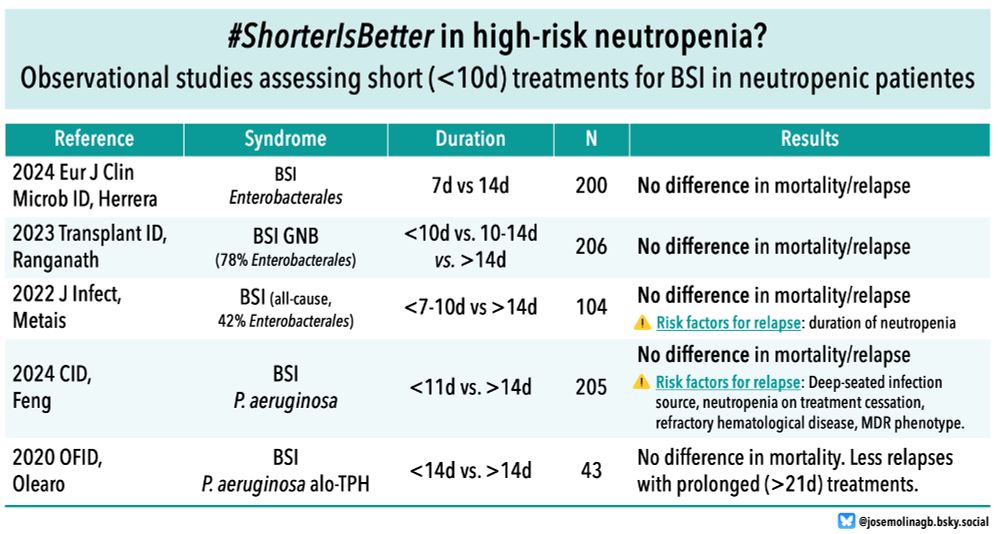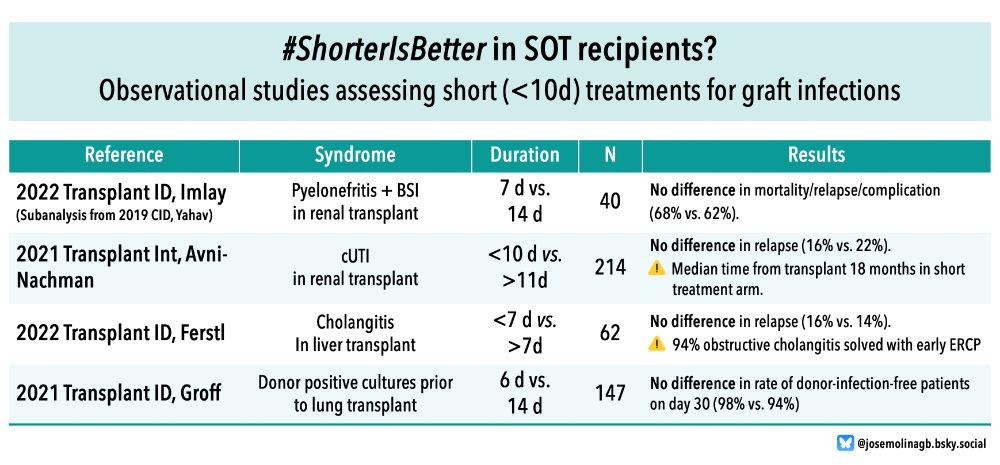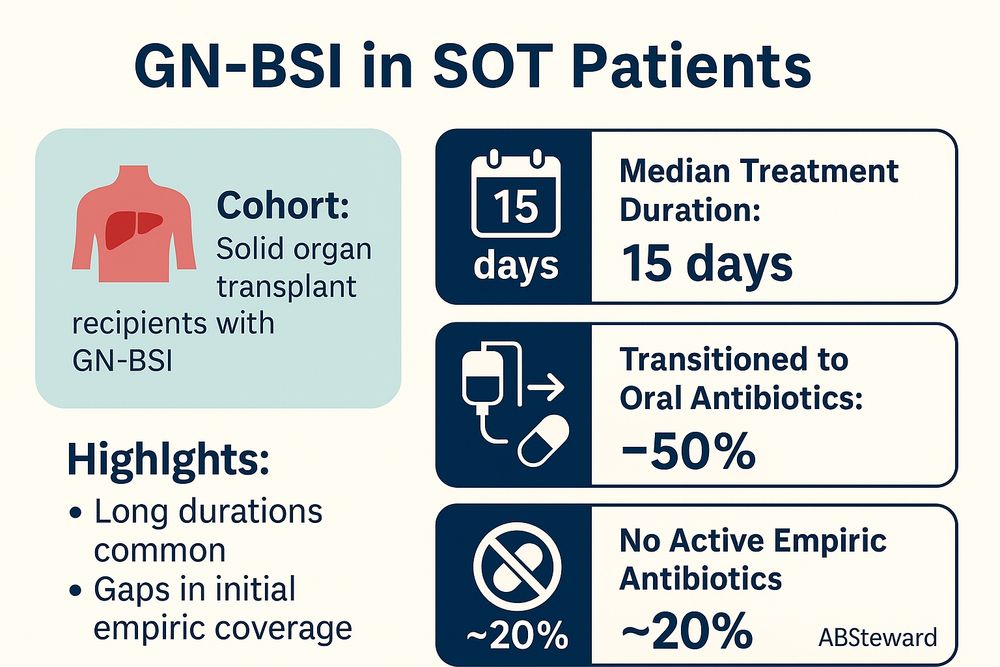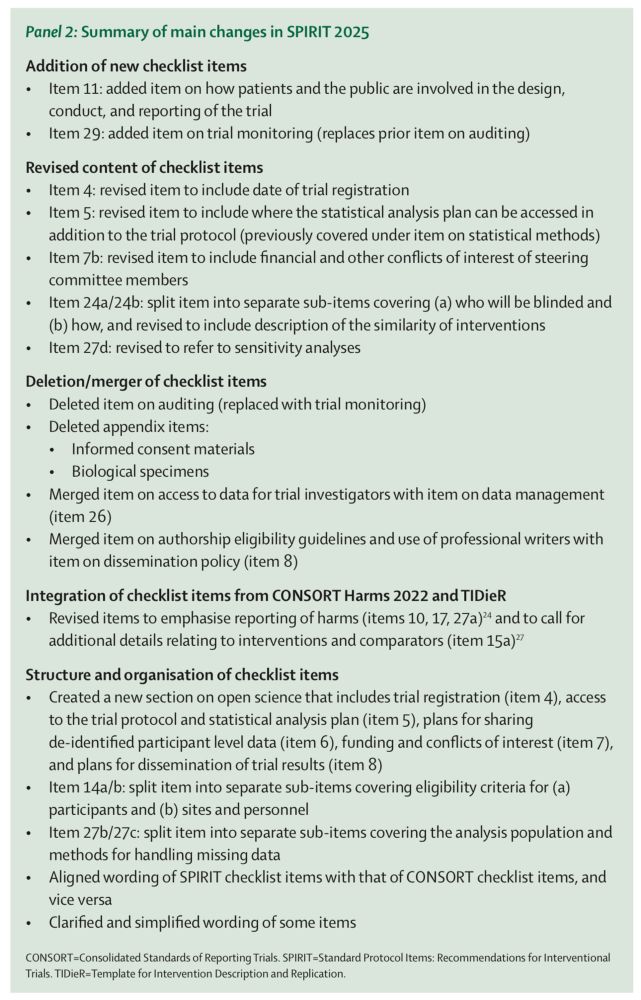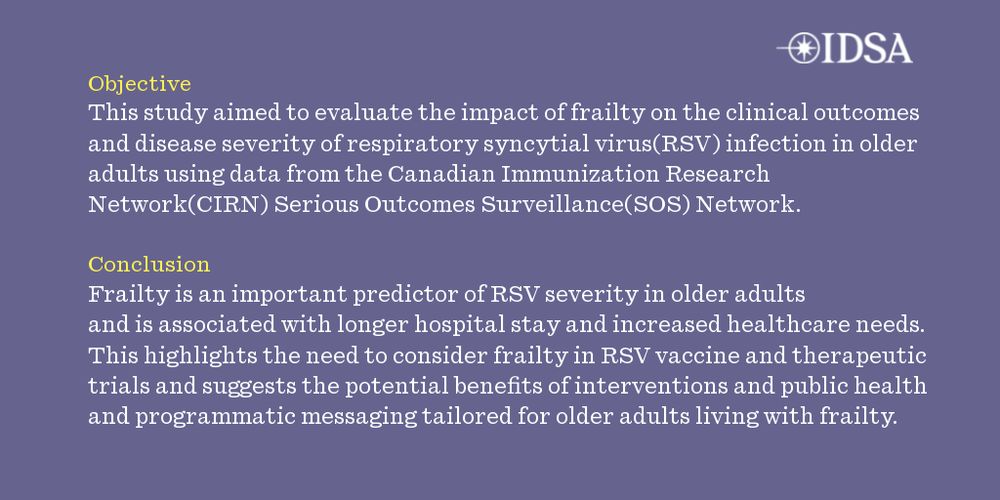academic.oup.com
Machine Learning–Based Diagnosis of Cryptococcal Meningitis and Tuberculous Meningitis: A Single-Center Retrospective Clinical Study
Differentiating cryptococcal meningitis from tuberculous meningitis is critical for initiating appropriate treatment and improving patient outcomes. However, overlapping pathogenic mechanisms, clinical presentations, laboratory findings, and imaging features complicate accurate diagnosis.MethodsWe performed a retrospective single-center study at the First Hospital of Changsha, analyzing medical records from January 2021 to November 2024. A total of 271 patients were included: 125 diagnosed with cryptococcal meningitis and 146 with tuberculous meningitis. Using LASSO regression (least absolute shrinkage and selection operator), we identified 11 potential predictors, which were subsequently refined to 6 key variables: extracranial fungi, cerebrospinal fluid pressure, age, erythrocyte sedimentation rate, albumin levels, and India ink staining. A diagnostic nomogram was constructed through multivariate logistic regression and validated by receiver operating characteristic analysis, calibration plots, decision curve analysis, and SHAP tools (Shapley additive explanations) for model interpretability.ResultsThe optimized model incorporated 6 variables: extracranial fungal presence, cerebrospinal fluid pressure, patient age, erythrocyte sedimentation rate, albumin levels, and India ink staining. According to SHAP analysis, the significance of these factors in prediction was underscored. The model achieved an area under the curve of 0.919 for the training cohort and 0.921 for the validation cohort, demonstrating robust sensitivity and specificity across both data sets. Additionally, calibration plots and decision curve analysis validated the model's precision and its applicability in clinical settings.ConclusionsThe developed nomogram accurately distinguishes cryptococcal meningitis from tuberculous meningitis with superior discriminative ability and clinical relevance, providing a valuable diagnostic tool for clinicians.
